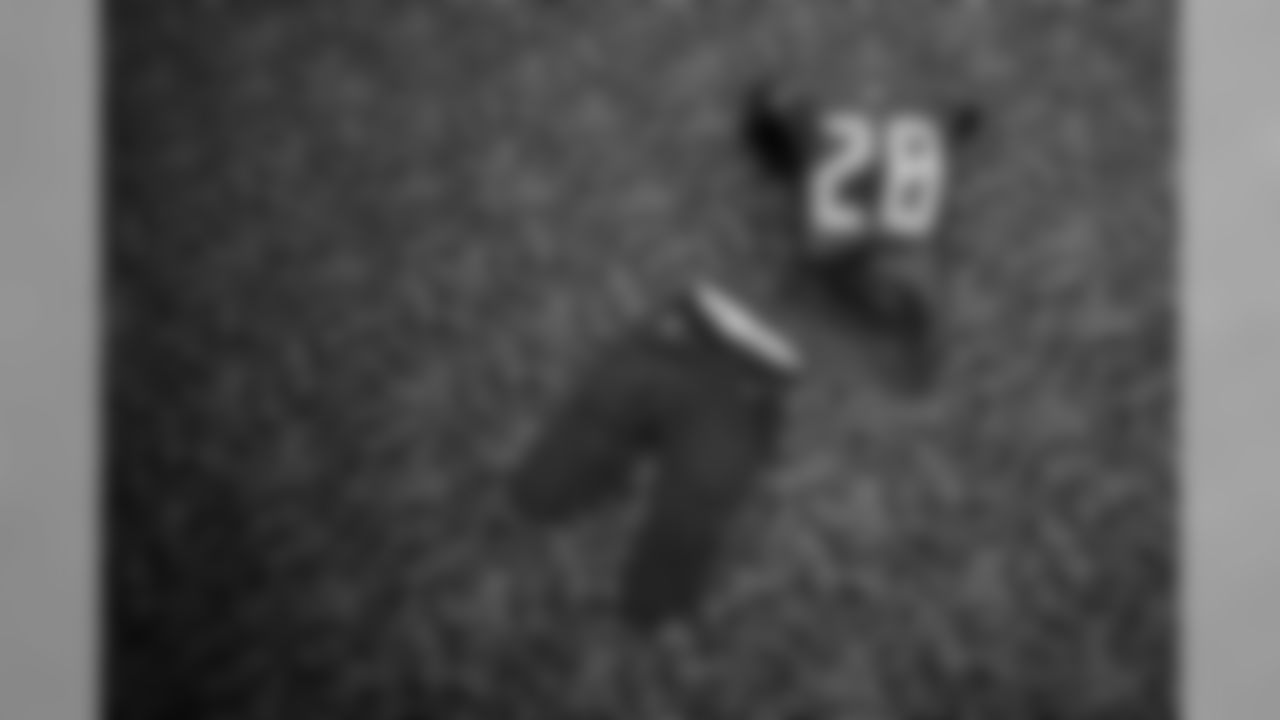By the end of Monday night's double-header there will be (at least) 17 NFL teams without a win heading into Week Two, including the sister-kissing Arizona Cardinals and Detroit Lions. The Tampa Bay Buccaneers are one of those teams.
The Buccaneers' 31-17 loss to the San Francisco 49ers on Sunday was disappointing, particularly because it turned on too many self-inflicted wounds and missed red zone opportunities. That left the Bucs feeling as if they had beaten themselves. The loss certainly didn't help their quest to return to the playoffs, but it didn't put an end to it. Bruce Arians' crew will absorb their lessons from Sunday and then turn the page quickly to prepare for Thursday's game in Charlotte.
"Whether Week 1 or Week 10, it's the next one," said Arians. "Learn from what you did, get it corrected, and when you get it corrected, the wins will start happening. I don't think everybody that lost yesterday's season is over."
As such, it's reasonable for the Buccaneers to also pinpoint the things they did well and try to build on them. And in this case, the building process begins exactly where it should: on the ground.
"Offensively, the bright side I thought was the running game," said Arians. "I thought the running game and overall pass protection was pretty solid."
Indeed, if there was one area in which the Bucs had a noticeable edge over the 49ers in Sunday's action, it was the running game, on both sides of the ball. Tampa Bay ran 26 times for 121 yards, averaging 4.7 yards per tote and, when that attack was in particularly high gear, adding bite to the play-action game. The best example of this was the final five plays of the third quarter, which were four straight Ronald Jones runs for a total of 29 yards, followed by a play-action rollout pass for 15 yards from Jameis Winston to O.J. Howard. That took the ball down to San Francisco's nine-yard line.
"You've got to run the ball and stay balanced so your play-action game can have hopefully chunks, but also just to get short ones," said Arians. "[We ran a] really good bootleg to O.J. [Howard] down there on the five-yard line – that was a good play. That running game sets those easy ones up."
The performance of Jones was easily one of the main bright spots on the Bucs' unsatisfying afternoon. Peyton Barber started the game in the Bucs' backfield but Jones got his team's last nine handoffs, beginning with an impressive 11-yard tackle-breaker midway through the third quarter. He got hot from there and Arians stayed with him, just as he said would happen during training camp.
"I don't know if it could've gotten any hotter unless he [would have] run through the last one and scored a couple times, but he was very decisive and there were a lot of holes for him to be decisive in," said Arians. "He was running through arm tackles and that's exactly what I expected out of him."
If these results represent the beginning of a trend, that is a very positive development for the Buccaneers, who were clearly at a disadvantage in the ground game last year. The Bucs averaged just 95.2 rushing yards per game and 3.92 yards per carry in 2018, ranking 29th and 31st in those categories, respectively. And if Jones is going to be a big part of the difference, that would represent a huge step forward for him individually. He had 93 yards from scrimmage on Sunday; he had 77 all of last season.
The Buccaneers originally drafted Jones high in the second round in 2018, largely because of his explosiveness at USC. There were visions of him getting the ball out in space and providing a big-play complement to Barber. However, Barber packed on some muscle during his first full NFL offseason and is clearly just as comfortable running up the middle as taking it outside. He needs to be in order to keep his share of the Bucs' offense and benefit from the power of such O-Line blockers as center Ryan Jensen, left guard Ali Marpet and left tackle Donovan Smith.
"Yeah, we're a tight end to tight end, inside running team, so yeah, Ryan did a heck of a job," said Arians of the run-blocking on Sunday. "Ali had a heck of a ball game. Donovan had a heck of a game in the run game also."
The 49ers managed to get to 98 rushing yards but they needed 32 carries to get there, averaging just 3.1 yards per pop. Most of that came at or around the edge of the line, including a sequence late in the third quarter when they found an edge play that worked and ran four straight times for 36 yards. Lavonte David led the way early with five run stops, four of which led to gains of one or fewer yards. Jordan Whitehead was a force against the run late when the Buccaneers started playing him close to the line of scrimmage in anticipation of the 49ers trying to grind out the clock.
"I thought defensively, [we did a] great job of stopping the run throughout the entire game," said Arians. "They did a good job of finding a little counter play that worked for a couple of times, then we shut that one down."
Last year, Tampa Bay's defense ranked 24th against the run (123.9 yards per game) and gave up 4.65 yards per tote to rank 20th. Overall, the Bucs were out-rushed by 28.8 yards per game in 2018, which was the fifth-worst margin in the NFL. They had a per-carry average that was 0.74 yards worse than their opponents, and only Arizona had a less favorable margin. The ground game was a net loss for the Buccaneers last year; one game doesn't prove anything, but the Buccaneers just might be able to turn that into a net gain in 2019.
And that's something to build on.
View some of the best photos from the Buccaneers' Week 1 matchup against the San Francisco 49ers.













































































































